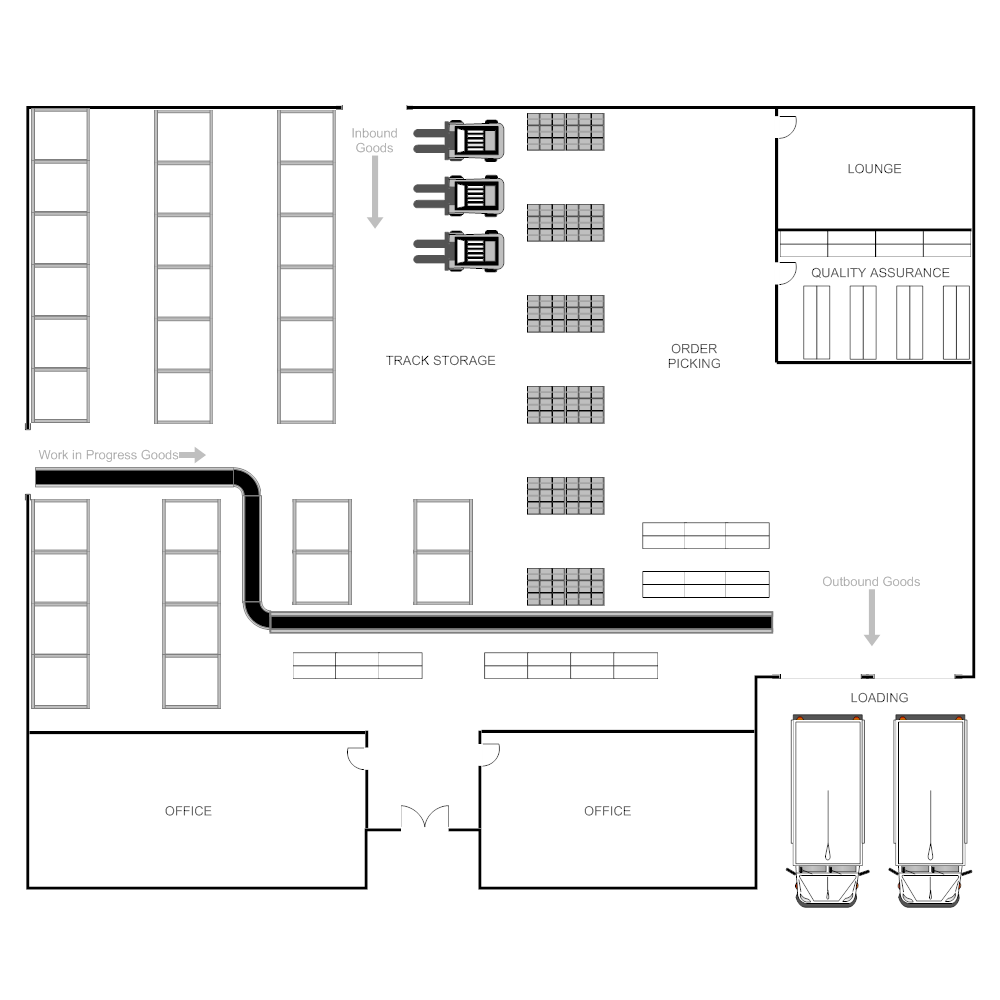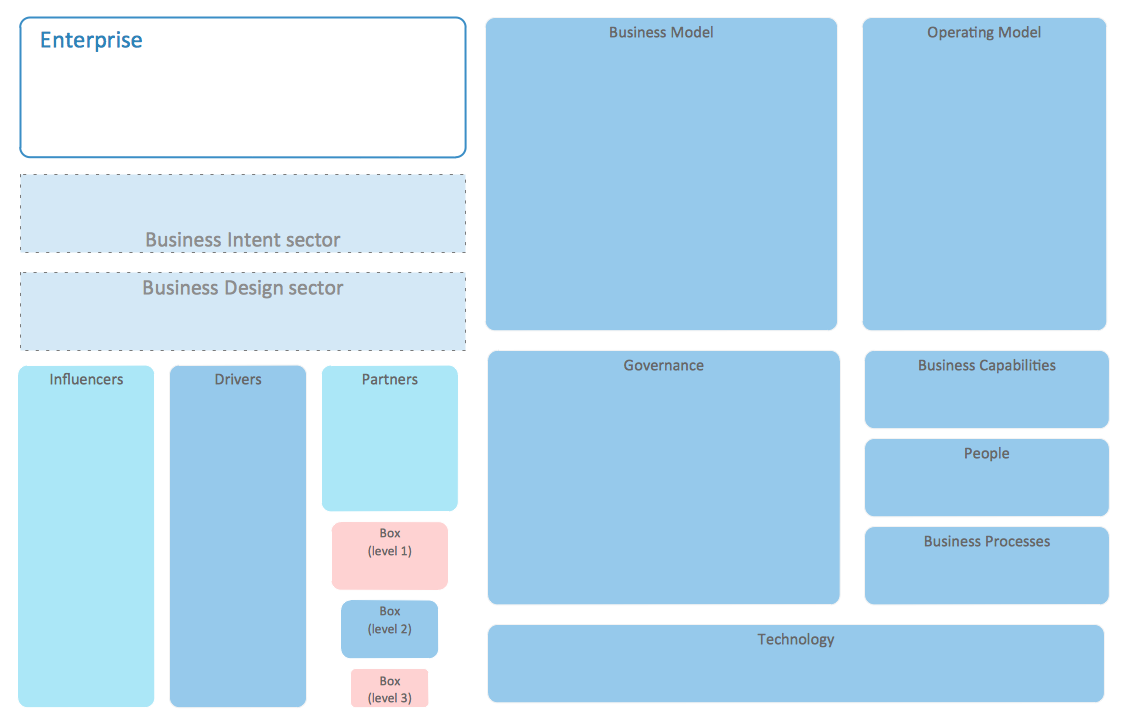

By providing an overview of which products are selling, there is an ability to easily move some things around to better place items that may not be selling. It allows a store to maximize their sales, but it also allows businesses to maximize their space. Some of the other terms used to describe a planogram are:Ī planogram certainly isn’t the only visual merchandising tool that can be utilized by retailers, but it is a highly beneficial one.

A store like Target has 80,000 SKUs and Walmart typically has 120,000 SKUs on-hand at a time. Grocers and superstores use planograms due to the high volume of products they offer. That’s the basis behind utilizing a planogram, strategically placing products throughout your store in a layout that gives customers the best opportunity to see the item and then purchase it. Whereas other products may need to be moved to a more strategic location in the store to increase their sales. As the layout is put into play, it provides the opportunity to see exactly which items sell well where they are placed. It allows everyone who works for the business to see the layout of product placement throughout the store but also gives businesses an opportunity to modify product placement in the store to increase sales. A planogram can be a very important way for retailers to make the best use of their space and gather data to make better data-driven decisions. It’s essentially a map or schematic of the store with an overhead view that shows exactly where every product is placed. Immaculate organization in-stores, through the use of a planogram, is one of the ways in which many retailers are working to increase their sales. With e-commerce continuing to grow quickly, retail stores are creating new ways to pique the interest of shoppers so they continue to actually enjoy going to their stores to shop. The notion that a customer will enter on foot and make purchases in person creates an environment that can be utilized to increase purchases. Visual merchandising is used in a number of different ways in brick and mortar retail stores.


 0 kommentar(er)
0 kommentar(er)
